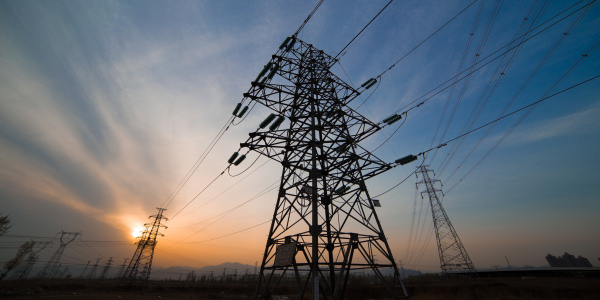Power Play: Why smaller companies may struggle to win the generation game
Published on 8th November, 2016
Statistics clearly indicate that there is a booming investment in renewable onsite generation technologies. According to PWC, there was an estimated £27.7 billion investment in renewable electricity between 2010 and 2013. Furthermore, it projects this sector will attract a further £40 billion in investment in the coming years. It has never been cheaper or more economic to invest in small-scale units. So why are some businesses hesitating to make the move into power generation?
The problem is the UK Government’s inability to provide clarity with regards to its energy policy and planning, leaving small generators unsure as to what returns can be achieved by selling on excess power capacity to the National Grid.
The main cornerstone of this Government’s energy policy is encapsulated in the Electricity Market Reform (EMR), a government programme initiated in 2010 and given legal force in the 2013 Energy Act. One of two key components of EMR is known as the ‘Contracts for Difference’ or CfDs for short. This regime replaces Renewable Obligation Certificates (ROCs) and is designed to provide investors in renewable power generation with a secure and predictable source of revenue.
This is known as the ‘strike price’, the guaranteed price energy can be sold at for prospective generators. For major players, CfDs can be an attractive proposition in securing investment. For example, electricity from Hinkley Point C will be sold at a strike price of £92.50/MWh. The strike price could fall to £89.50/MWh if a new plant at Sizewell is also approved. However, even at this level, the investors in Hinkley Point know that with CfDs, they will be able to sell energy into the National Grid at significantly higher prices than can be realised in today’s energy wholesale market. The strike price provided through CfDs is the sweetener used to encourage investment in power generation.
The second cornerstone is the Capacity Market initiative which is intended to enhance security of electricity supply by offering incentives to operators of generation plant such that they make available to the system the right volume and mix of capacity.
However, there are many questions hanging over EMR concerning the design, timing and implementation of the various processes which have been put in place to make EMR a reality, including the complex transitional arrangements for replacing the old system with the new one. Put simply, small generators want clarity as to what ‘strike price’ they can realistically achieve through negotiating their own CfD.

Copyright © Freepik
It is commonly accepted that, in a long and not very honourable tradition associated with major changes introduced into the electricity market, what started out as a set of fairly simple set of principles and objectives, has “morphed” into a complicated tangle of rules and regulations. A recent House of Commons report even said that one of the main concerns about EMR is that the two programmes are pulling in different directions with CfDs encouraging new technology and the Capacity Market encouraging old capacity to stay on line.
Taking a closer look at the CfD regime, investors and developers face huge challenges in trying to understand how to design proposals for new renewable capacity that can win approval in the allocation/auction process. Crucially, the process is clouded by uncertainty about how the market reference prices in the contracts are set and what strike prices will be allowed for different types of technology. And there is growing concern about when the next CfD auction round will take place and the fact that there will now be a gap of over two years between auctions.
How does all this affect small generators? The complexity and uncertainty discussed above are particularly worrying for small generators because of their limited resources and because they have always had greater problems obtaining Power Purchase Agreements (PPAs) anyway due to the higher levels of uncertainty and risk faced by stand-alone generators. This problem was explicitly addressed in EMR by creating an Offtaker of Last Resort (OLR) who can offer so-called Backstop Power Purchase Contracts (BPPCs) if normal PPAs prove difficult to obtain. The problem with BPPCs is that they involve a cumbersome bureaucratic process and also are only available at a substantial discount to reference market prices.
Businesses considering investing in onsite power generation can turn to companies like EnDCo for advice. As a business which specialises in offering PPAs to generators with unusual or uncertain profiles, EnDCo can help medium- to small-scale generators find a market solution with a tailor-made PPA which gives better prices than a BPPC and which avoids the complications of entering into an OLR auction.
For further information, please email me at: les.abbie@endco.co.uk
Les Abbie, CEO, EnDCo


 REPORTS
REPORTS 

